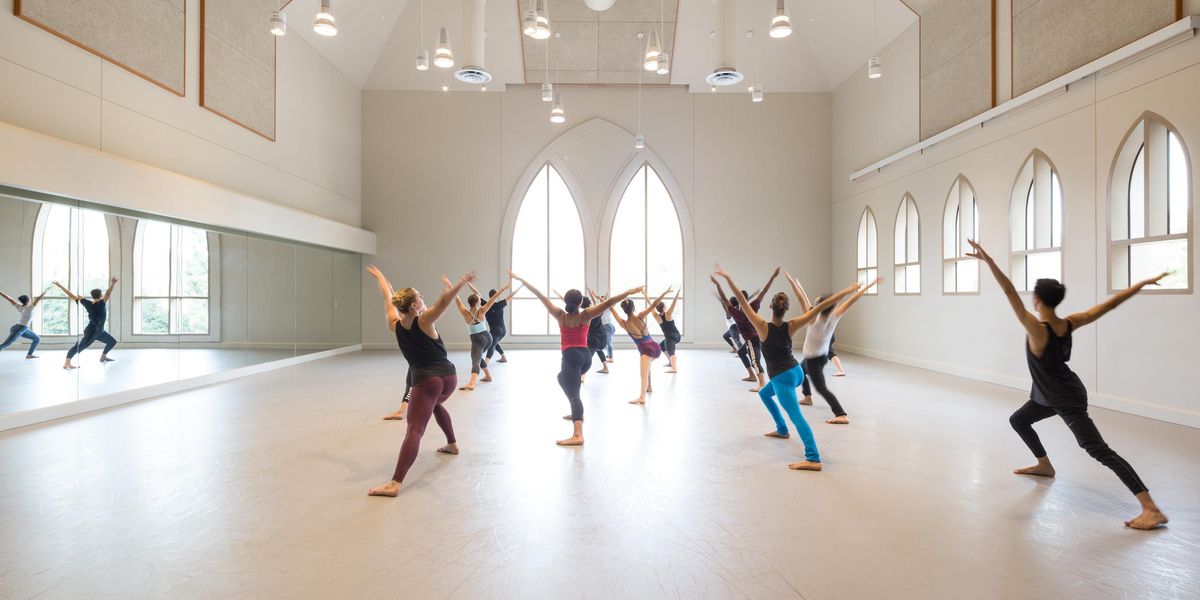Go Gluten-Free?
Following the latest healthy eating trend may hurt your dancing more than it helps.
When Sarah Cook Mason pounds through her tap routines, none of her carbohydrate-fueled energy comes from gluten-loaded wheat. “I stick with homemade granola bars,” says Mason, a tap dancer and teacher in Spring Mills, Pennsylvania. “On days that I don’t eat wheat, I can think more clearly. My body feels aligned. Add wheat to the equation and all of that disappears.”
Wheat Worries
Mason has joined a growing number of dancers who simply feel better when they eliminate gluten. “We don’t need gluten to survive,” says Derrick Brown, a nutritionist who researches dancers’ metabolism at Codarts University for the Arts, Rotterdam and who danced with Mark Morris Dance Group. Gluten, a combination of two proteins found in wheat, barley, and rye, plays an essential role in baking. It helps make bread rise, gives it a chewy texture, and provides the biochemical structure that holds a pastry crust together. It’s also the culprit when it comes to celiac disease, a severe reaction to gluten that stems from an inability to digest it. A study conducted by the University of Maryland Center for Celiac Research found that one out of 133 people tested positive for celiac, while another 18 million have some degree of gluten sensitivity.
The apparent increase in gluten intolerance has caused some debate. Elizabeth Manejias, MD, who works with dancers at the Hospital for Special Surgery in New York City, has looked at the numbers. “We don’t know if celiac is on the rise. We are screening more for it, so it may appear as if it’s rising,” she says. Manejias notes that some people who test negative for celiac disease still have symptoms. “There can be celiac sensitivity which presents with normal antibody levels,” she says. “These patients usually have milder symptoms, such as fatigue, bloating, headaches, and aches and pains. One way to test is by an elimination diet.”
Carb Count
Although dancers without celiac are rarely advised to go gluten-free, it has becomes a trend. Even a normal stomach has trouble digesting wheat; eating large amounts brings on feelings of bloating and sluggishness. Many athletes have embraced the gluten-free fad since leading tennis player Novak Djokovic touted his gluten-free diet as a reason for his victories. “My patients with arthritis report fewer aches on a gluten-free diet,” says Manejias. “Their joints may feel better because they are consuming less processed food rather than because they’re gluten-free. Yet it can be problematic if they are not getting carbs from other sources.”
A gluten-free diet need not involve carbohydrate restriction. “Carbs are important for dancers, period,” says Brown. “Luckily, there’s plenty of ways to get them without gluten.” Today, everything from wheat-free Rice Chex to energy bars are available at the grocery store. Just type “gluten-free” into your search engine and a variety of recipes and websites will pop up.
Manejias has a few concerns about a dancer without celiac disease opting to go gluten-free. “It can be done safely, but we need to look at other reasons that dancers are making this choice,” she says. “Sometimes, there’s an underlying eating disorder, and adhering to a specific type of diet can be a red flag.”
The swift explosion of highly processed gluten-free products pose potential health hazards as well. “There’s often more sugar and salt in gluten-free products,” says Manejias. “There’s a tendency to think you can eat five more cookies if they are gluten-free. Dancers need to be aware of that.”
If you stick to minimally processed foods and read labels carefully, you can get the nutrition you need. “The benefits of this diet may also be that dancers will likely be eating more whole foods and less simple carbs with a high-glycemic index,” says Manejias. “I see no problem with this if done under the guidance of a nutritionist or health care provider.” Dancers should only opt for a gluten-free regimen if they find it makes them feel better; otherwise, pizza (in moderation) is just fine.
Nancy Wozny writes about health and the arts from Houston.
Derrick Brown’s favorite gluten-free energy snacks
• Kashi’s GoLean energy bars
• Roasted pumpkin or sunflower seeds
• A roasted sweet potato
• Hummus with any vegetable
Handy Strengthening
Strength and flexibility go hand in hand, and dancers need to work continually to improve both. But you need to build up slowly. Stretch resistance bands are great, but who wants to carry several of them? Everlast’s Resistance Stretch Tubing ($25) solves that problem by adjusting to three strengths. Plus, it’s light enough to throw in your dance bag for some in-between rehearsal conditioning. And your hands will appreciate the cushioned handles. www.everlast.com.




